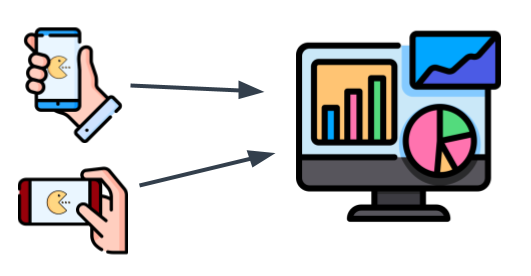
Asking Great Questions: Overcoming the XY Problem
Chris Buckley, Principal Solutions Architect
As technical leaders and consultants, we’re always being asked to help solve problems, and we understand the importance of accurately identifying the right problem to solve. In the past, we have had many cases where clients come to us with a solution in mind, but don’t fully understand the root of their problem.
The XY problem occurs when someone asks for help based on their attempted solution, rather than their underlying problem. They have a pretty good understanding of their problem (X), and believe this can be solved by doing Y. So they ask for help with Y. We can help with Y, but we’re likely not getting to the root of the problem, and that may result in an overly complex solution, taking unnecessary time and effort.
A Quick Example
Early on in my career, working as a software engineer for a company with a number of mobile apps with games, I was asked: “can we add device orientation to our analytics?”

I responded that whilst this was possible, it was complicated, there were a number of edge conditions to consider, and so on. The best thing I could do at this point was to ask why.
The same game was being launched across 2 apps, one in landscape and one in portrait. So the real problem was about identifying the app, not the orientation; there was a much easier solution for this.
Overcoming the Problem
The first step to overcoming a problem is to know when you have one. In the case of an XY problem, it’s often a case of only having part of the picture. This can easily happen in a larger programme of work, where multiple teams each own part of the process. Being able to step back and look at the bigger picture allows us to better understand the context of what we’re doing. We can do this by asking the five whys - an iterative technique to get to the root of the problem. Other open-ended questions like “what is the impact of this problem” help to build that context too.
We always want to collaborate with our clients to come up with the right solution. If you’re asking a question, you can provide some of the context there and then. Layers of abstraction can be important, but so is sharing the expected outcome. If we’re being presented with a problem, we want to understand the true customer need, resulting in a more effective and sustainable solution. A big part of what makes this collaboration work is about building trust, and encouraging transparency. The process goes a lot smoother when we’re working on things together!
Leeds Digital Festival
At Leeds Digital Festival in 2022, my colleague Ed Brumhead and I talked about this in a bit more detail. You can watch the video here: